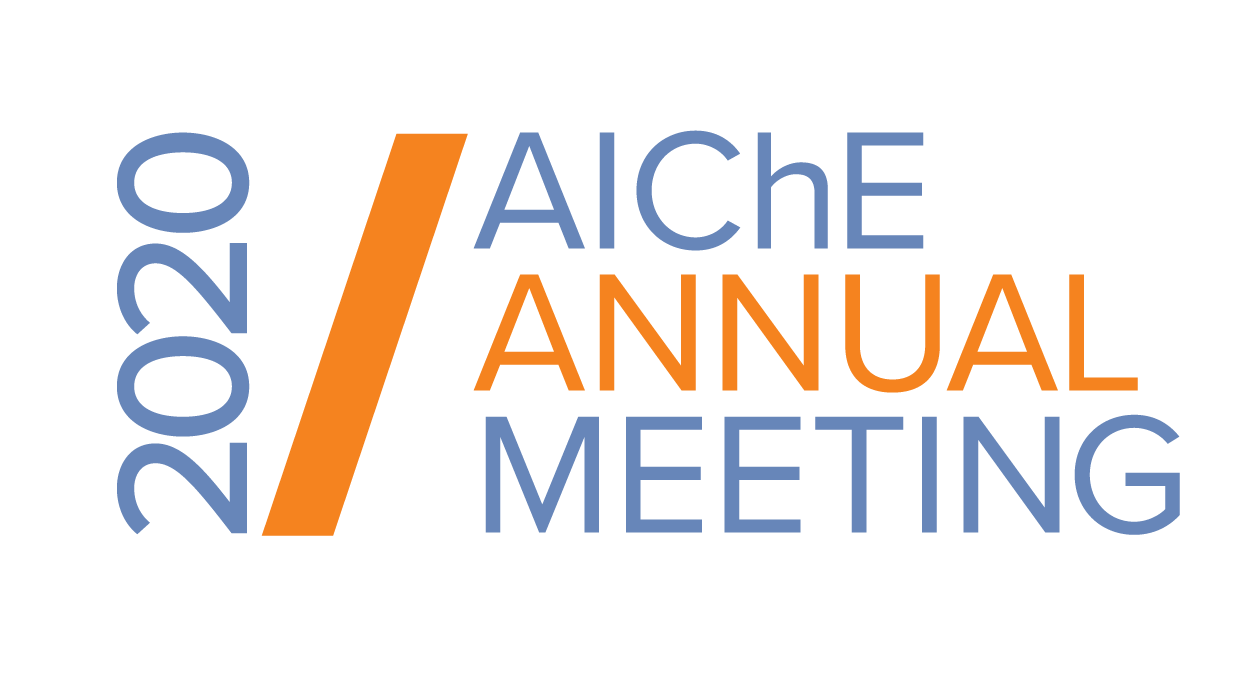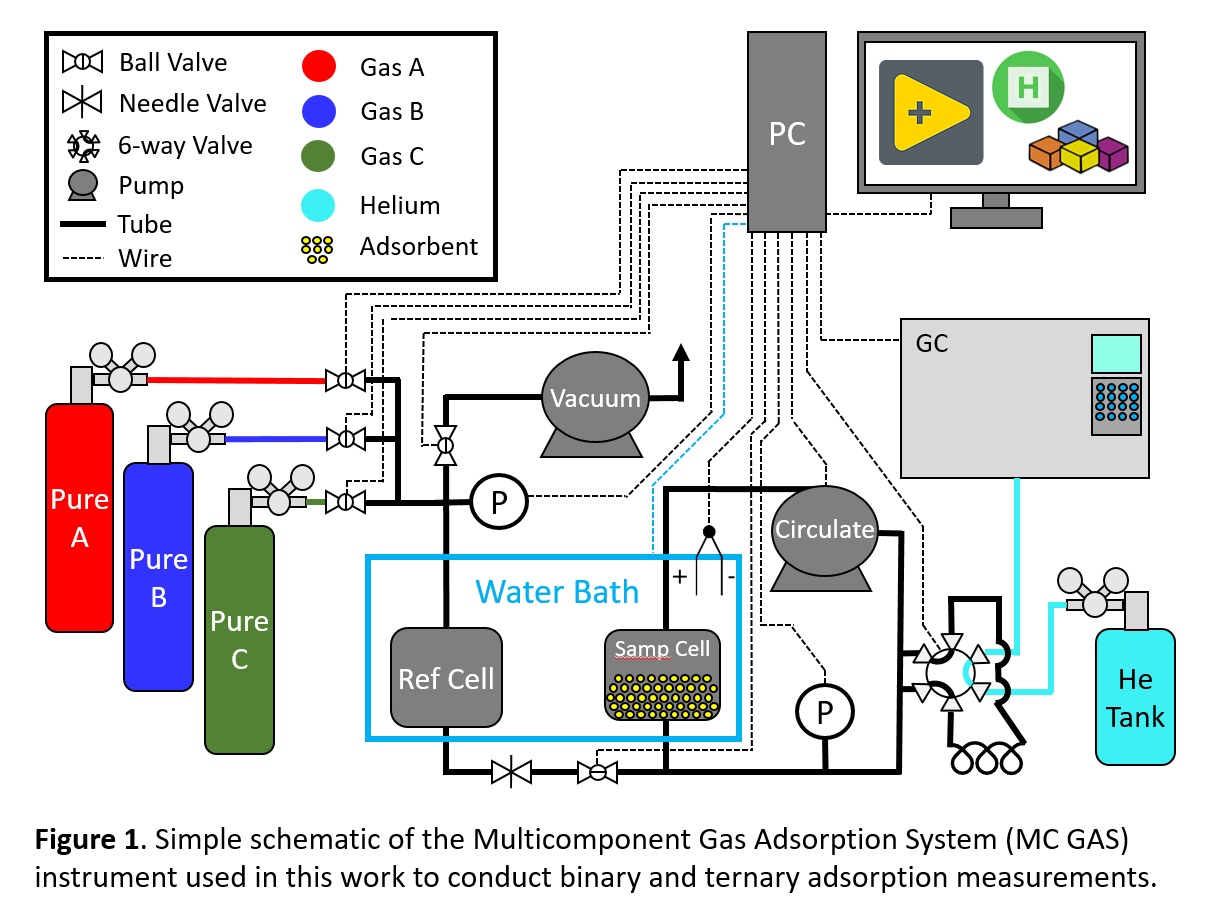

The ability to understand and design separation systems for complex mixtures under various realistic conditions will be a turning point for the separations community and is a key to transforming separation science. Adsorptive separation is an established technology and currently an active research area within separation science. However, to date its study has relied heavily on the Ideal Adsorbed Solution Theory (IAST) to predict mixture adsorption from pure component adsorption experiments while neglecting gas mixture adsorption experiments, especially for mixtures of more than two components. It has been noted that IAST is particularly limited in its ability to predict gas mixture adsorption in metal-organic frameworks (MOFs) for mixtures containing adsorbates of disparate sizes or sphericities, and especially for adsorbates of different polarities. Improving the ability to predict when mixture adsorption will deviate from IAST predictions is key to designing separation systems for complex mixtures. This knowledge gap in the separations field has persisted in large part due to the technically challenging nature of mixture adsorption measurement. Developing a better understanding of IAST requires measurement of mixture adsorption. This work is a study of how binary and ternary mixture adsorption on the MOFs UiO-66 and HKUST-1 deviates from IAST predictions for mixtures of CO2, CH4, and C4H10. In this work, a home-built, automated volumetric instrument is used to measure multicomponent gas adsorption.


Presenter(s)
Once the content has been viewed and you have attested to it, you will be able to download and print a certificate for PDH credits.
If you have already viewed this content,
please click here
to login.
